Margaret Meek glared up at the couple as they unpacked their campervan on the hill overlooking Ceannabeinne Beach, one of the most northerly — and most beautiful — points of the Scottish mainland.
She tutted as the man slid open the door and took out a small table and a deckchair, and she continued to watch as he unfolded the chair and sat down in it and opened a book.
It was a moment of calm, but it put Margaret’s blood on the boil.
“It actually makes me angry,” she said with a pained smile, balancing her hands on her walking stick.
It’s nothing personal. This pair, who get their say further down in the article, are just the latest in a long line of tourists who come and set up camp along the NC500 route around Durness, where Margaret calls home.
Tourists, who often leave mess and litter, light fires where they shouldn’t and leave human waste on beaches.
How many tourists actually visit the area?
Margaret says the issues began after the North Coast 500 was launched in 2015 and branded as Scotland’s answer to Route 66.
“Initially there were just a few campers here and there,” said Margaret, “it wasn’t a big deal.
“But now it’s got to the point where they are everywhere, in every car park, in every layby, in every viewpoint and picnic spot, and in a place like Durness, on every verge.
“And after a couple of years, you just get absolutely fed up with it to the point where I don’t like them at all.”
Margaret is not exaggerating when she says a lot of campers visit the area.
Figures for July and August last year show around 14,000 motorhomes and 10,800 tents pitched up within a five-mile radius of Durness over a couple of months.
The permanent resident population is around 350.
Ceannabeinne Beach in particular is a problem.
It’s easy to see why campers want to spend time at this stunning spot.
Its white sands and crystal clear waters mean it has long been a hidden gem for tourists exploring the north of Scotland.
But the sheer volume of tourists wanting to spend the night here is creating problems and locals say they no longer go there.
Last summer up to 70 tents were pitched on Ceannabeinne’s shore every night, with an estimated 1,000 fires lit here in six months, according to a council report.
This summer, rangers had to cordon off an area of dunes to let the land recover and warned more facilities are needed because “regular human toileting” occurs alongside the burn, in the beach caves and sand dunes.
Where are tourists allowed to camp?
The Outdoor Access Code allows visitors to set up camp virtually anywhere in Scotland.
There are only a couple of restrictions – primarily that visitors leave no trace – which need to be adhered to.
However there are problems with people oversimplifying the code and believing they can stop anywhere in any vehicle.
This is not the case – you only have the right to pass over someone’s land if you’re on foot.
But even then, the simplest of rules aren’t always followed.
Abandoned barbecues, litter, human waste left at roadsides, burnt-out campfires, and dead patches of grass suffocated by constant tent use are common slights.
More obvious vandalism also happens, like picnic benches being sawn in half by campers needing firewood and an old farm cart with sentimental value burnt to ash in someone’s campfire.
Margaret believes more restrictions are needed to “protect the Highlands against over-marketing of the area by the North Coast 500 company” which had a global audience of 1.6 billion in 2020.
And she is not alone in her view.
To bring people together, Margaret set up a Facebook group called NC500 The Land Weeps.
It now has 9,000 members, many of whom believe motorhomes and irresponsible campers are damaging the area’s environment and infrastructure, as well as making life unpleasant for the people who live there.
What could stop the over-tourism problems?
Some people — Margaret included — want local bylaws prohibiting campfires and confining campervans to designated overnight parking spots, and tents to campsites.
Some want restrictions in place at landmarks.
Dave McBain, who cares for the fifteenth-century Ardvreck Castle at Loch Assynt, says thoughtless campers continue to disrespect the monument year after year.
He sees people climbing the walls of the Clan Macleod ruin and others pitch tents and light campfires on its vault.
Many have even defecated around it.
But what do the tourists themselves think?
Margaret’s outburst about the tourists in the campervan overlooking Ceannabeinne Beach prompted us to seek their view.
The economic boost tourism has provided to the northern Highlands is undeniable, but clearly, a lot of problems are being created for locals.
The campervanning couple, like many tourists who visit the Scottish Highlands behave well and are attracted by the opportunity to camp with ease in one of Europe’s more remote locations.
“Take that away from us and we will not come back,” was the message from the pair.
‘Balance must be struck between tourism growth and stewarding the natural environment’
Tim Kirkland is CEO of Wildland Ventures, the largest shareholder in NC500 Ltd.
He explained that the business has been “investing tens of millions of pounds each year into hospitality developments that can and will generate income to support long-term landscape restoration”.
He continued: “Wildland is acutely mindful of the balance that must be struck between creating tourism growth and stewarding the natural environment responsibly.
“Particularly here in the Highlands, communities want economic opportunities that allow them to retain young people and remain vibrant, but they want natural places protected too – and that’s a perfectly fair and reasonably aspiration.
“We will serve it, not by turning away visitors, but by investing in the systems, infrastructure and innovation needed to enable them to enjoy our hospitality sustainably.”
Highland Council has also taken action to address concerns.
It says it has provided grants to build motorhome waste facilities, and hired 18 seasonal rangers and four site wardens to work in communities that lie along the NC500.
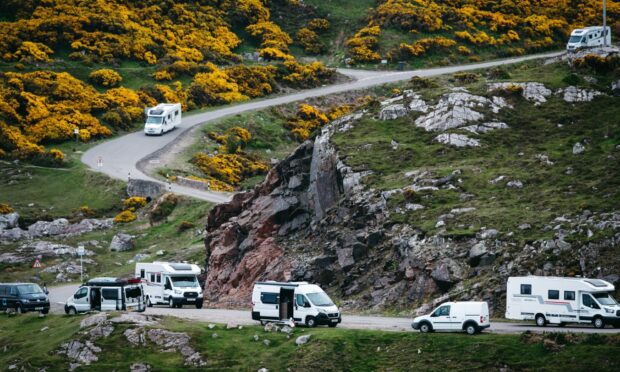
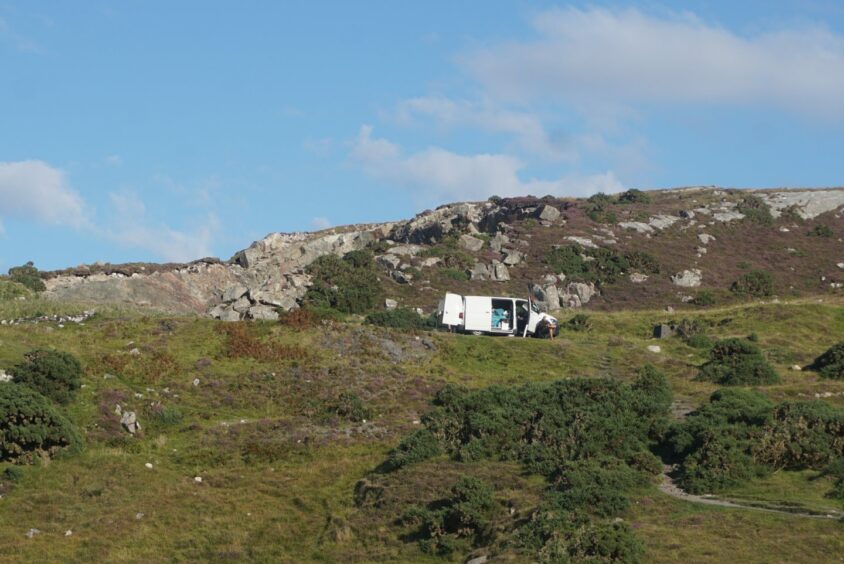
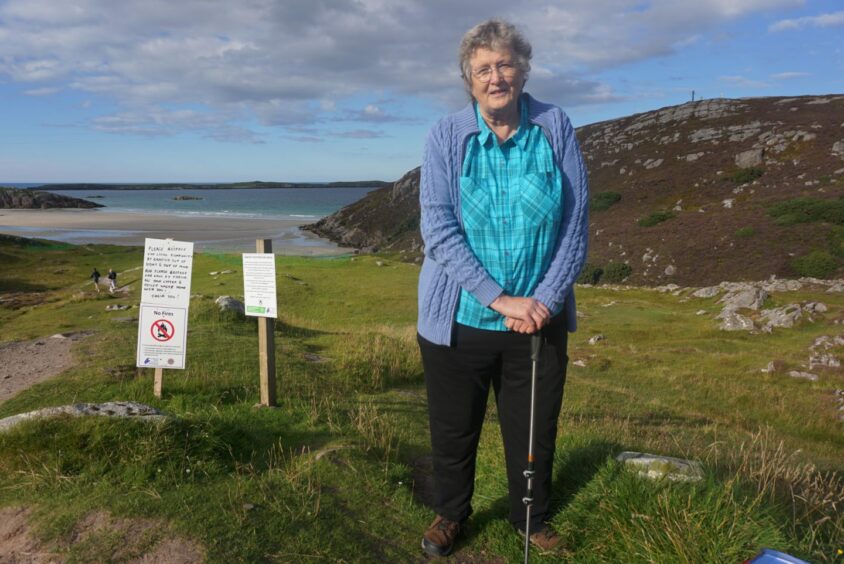
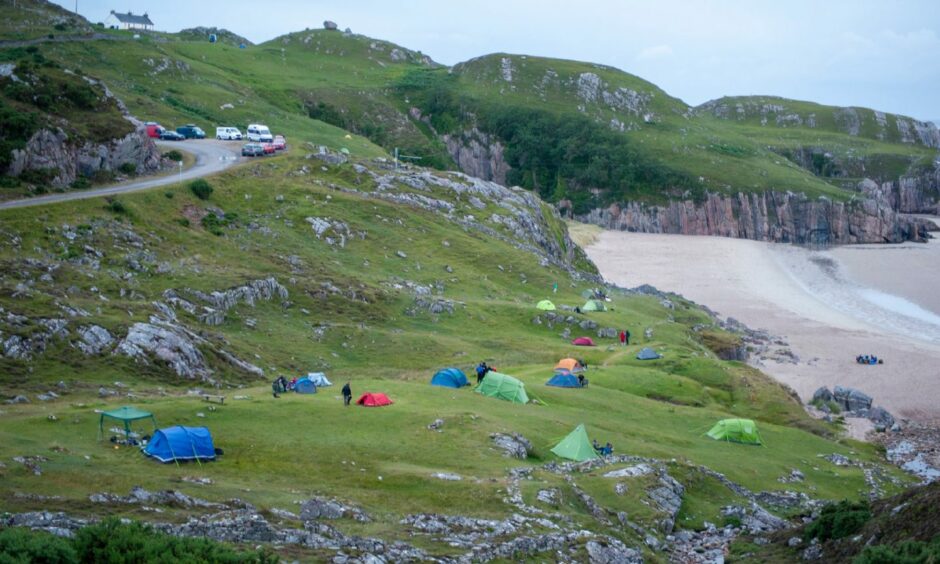
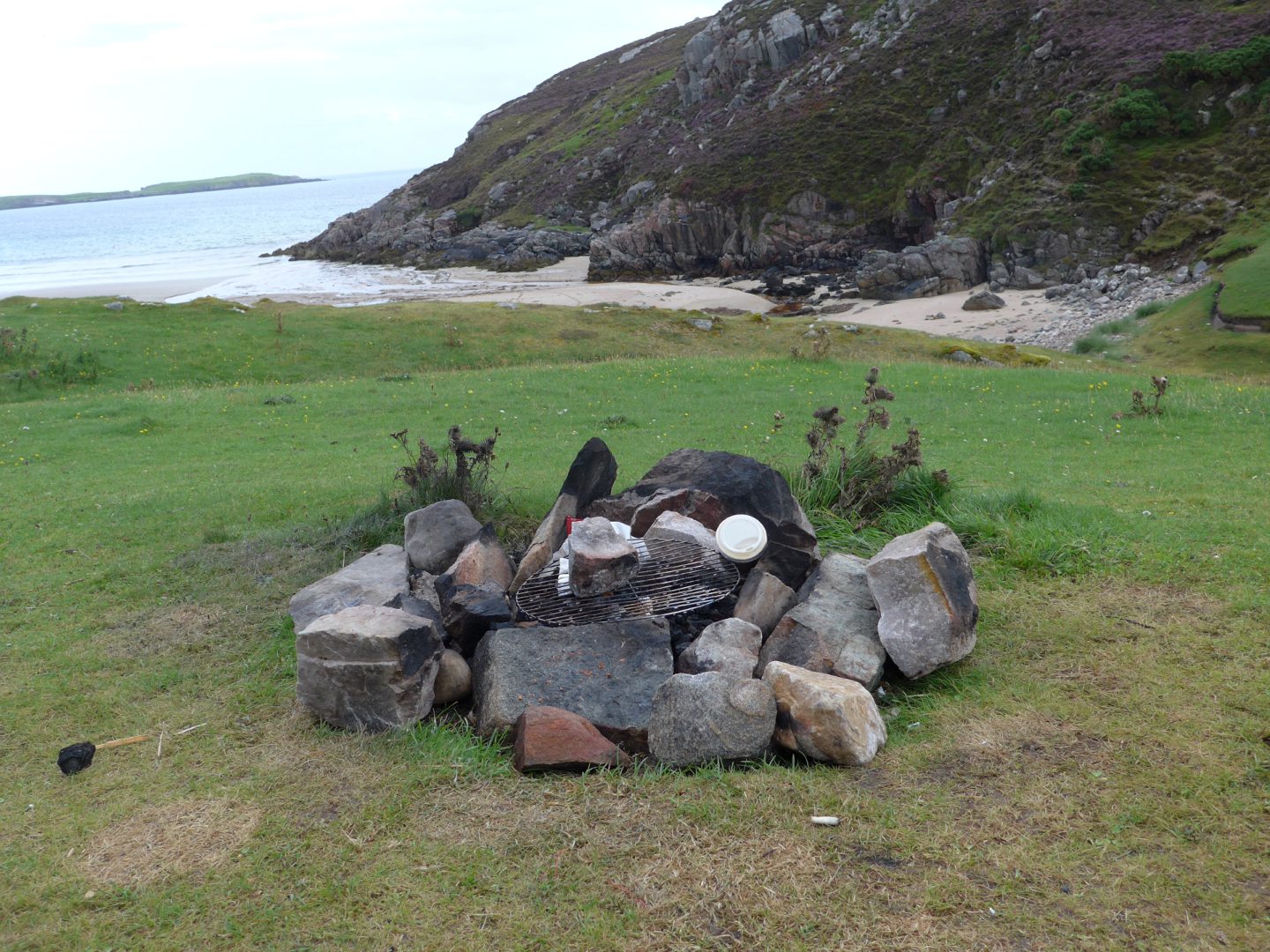
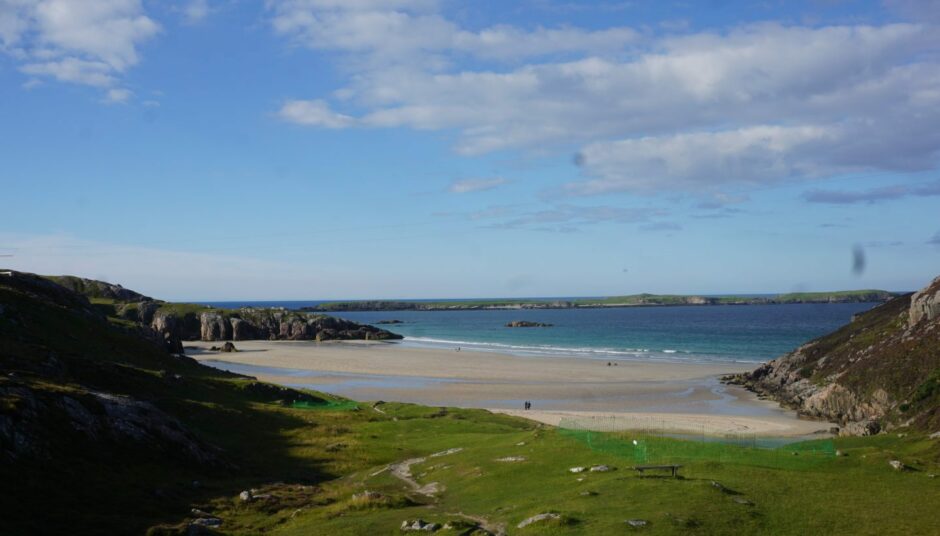
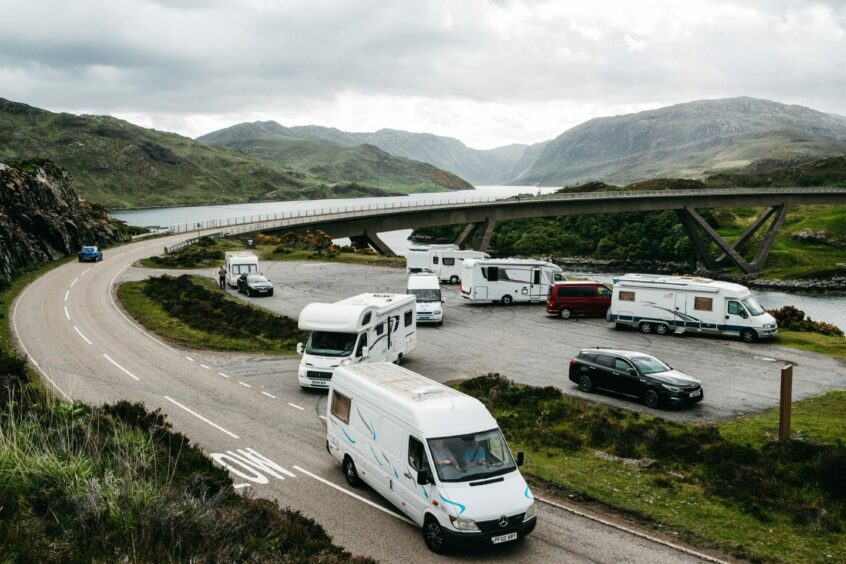
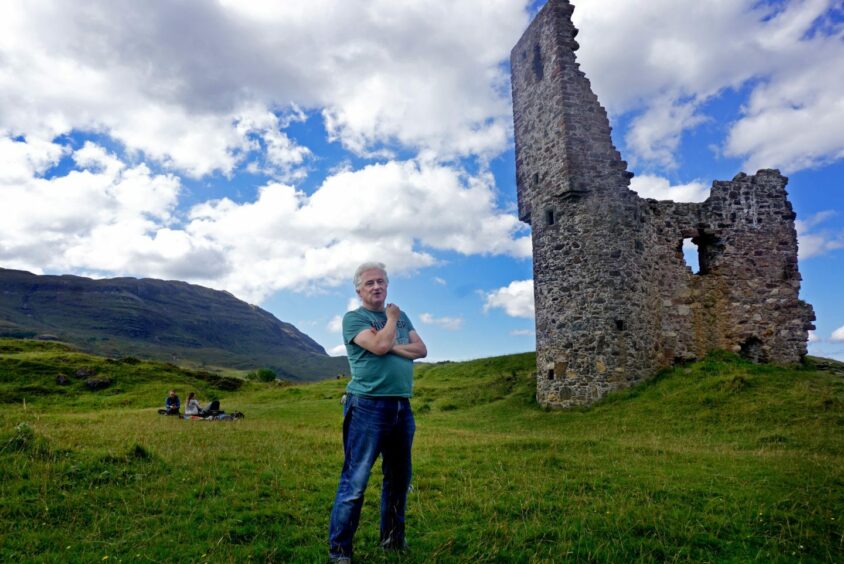
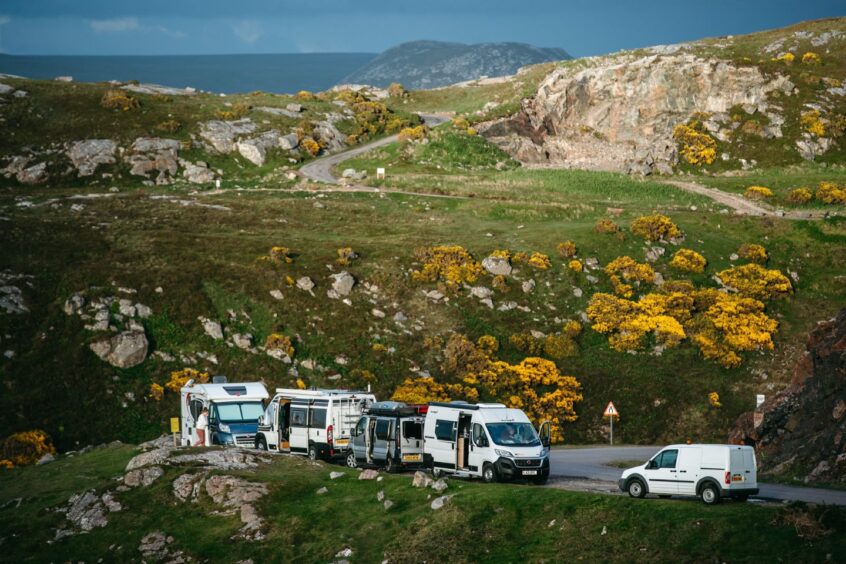
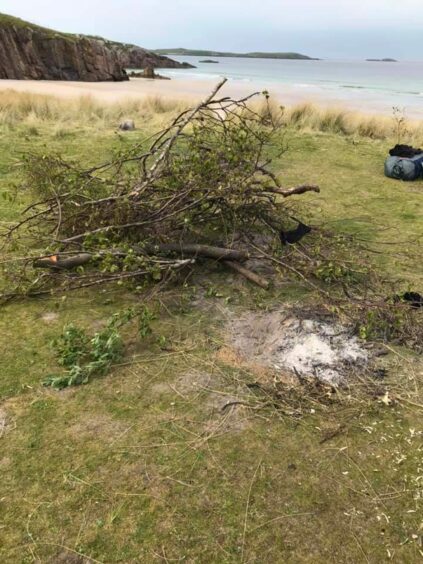
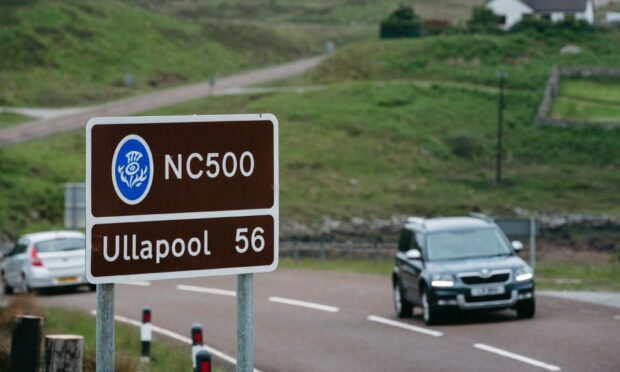
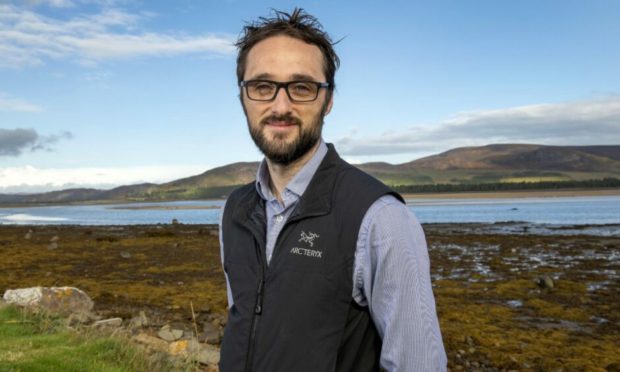
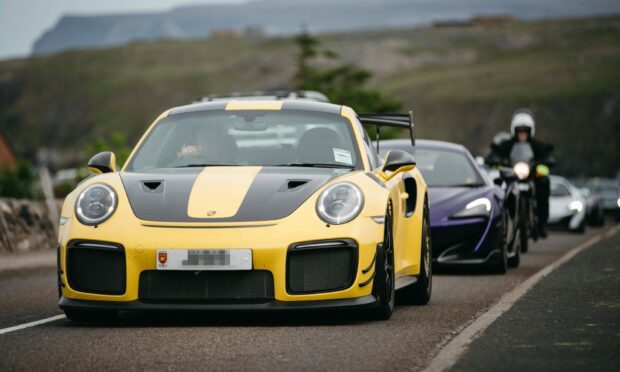
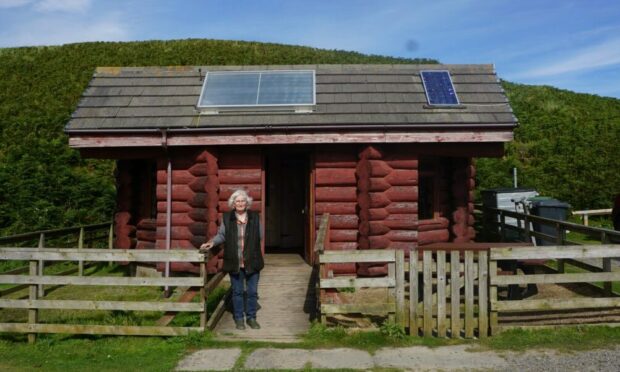
Conversation